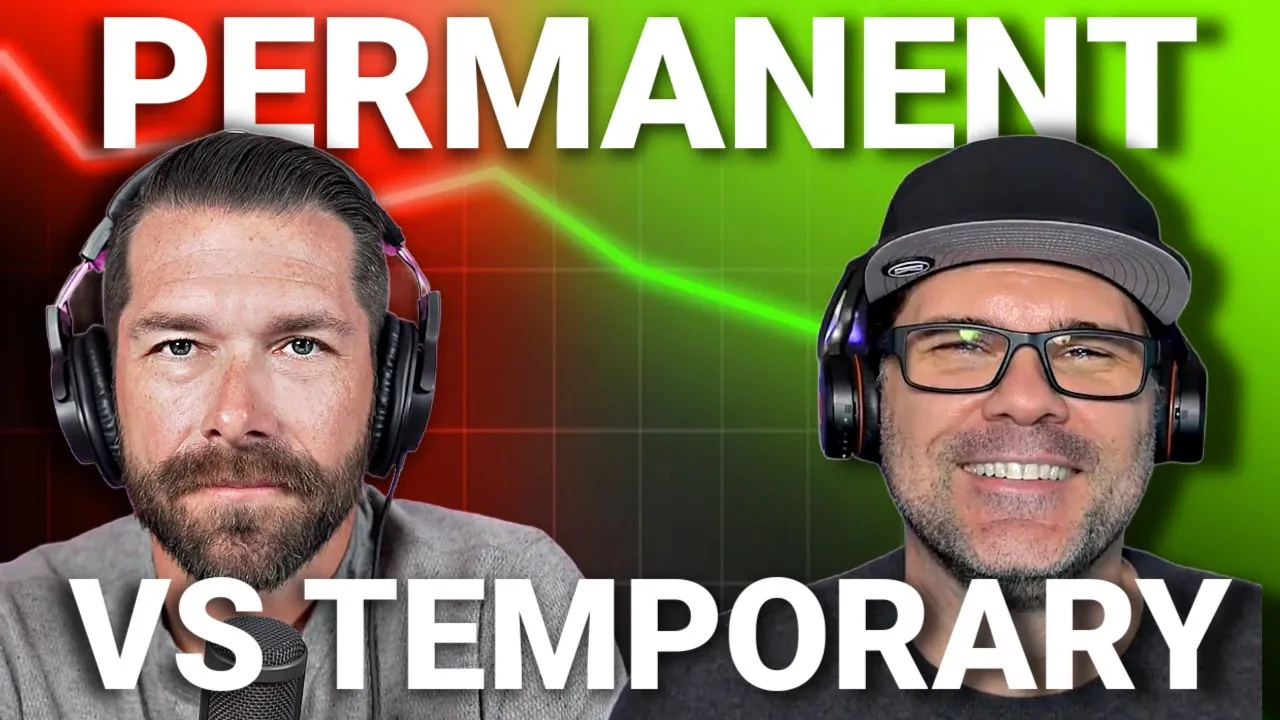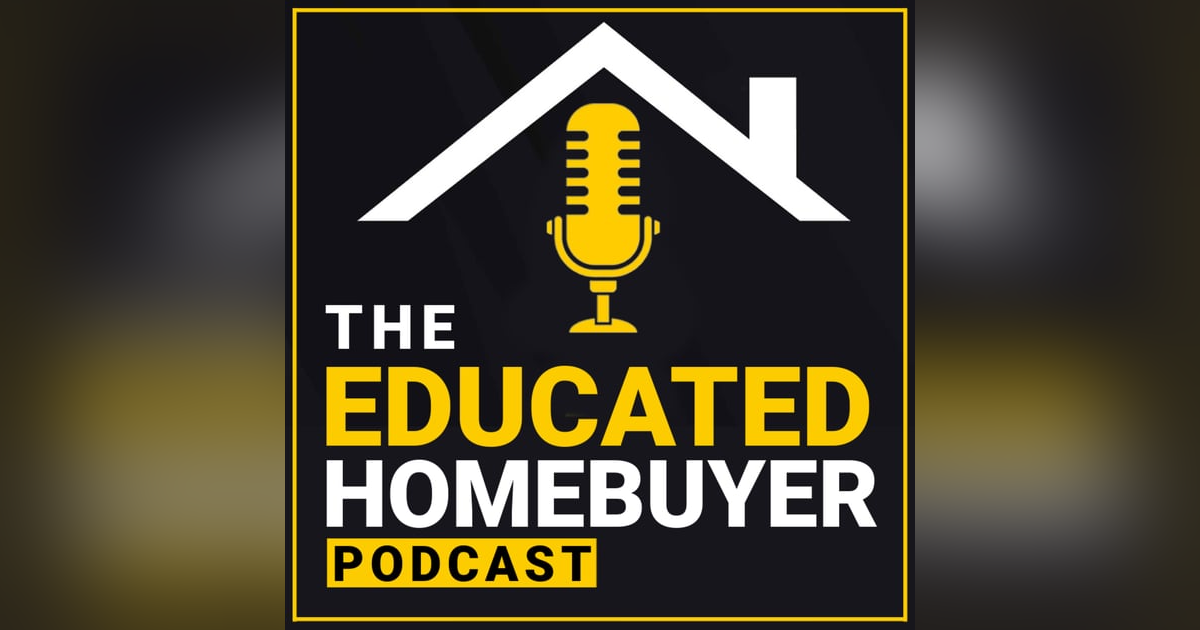Interest Rate Buydowns 101

Interest Rate Buydowns 101: What Every Homebuyer Needs to Know
Are seller credits the golden ticket to a lower mortgage rate, or just clever packaging that can cost you more in the long run? Welcome to Interest Rate Buydowns 101, where we break down the math, the strategy, and the real-world pros and cons so you can make the best decision for your home purchase.
CTA: Want help navigating seller credits and rate buydowns? Connect with our team for tailored guidance on buying smart.
What Is an Interest Rate Buydown?
In simple terms, a rate buydown allows you to pay money upfront (or use seller credits) to lower your mortgage interest rate either temporarily or permanently. There are two main types:
- Temporary Buydown: Reduces your rate for the first 1-3 years (e.g., 2-1 or 3-2-1 buydowns)
- Permanent Buydown: Lowers your interest rate for the life of the loan by paying discount points upfront
Both options come with costs, trade-offs, and ideal use cases—and if misunderstood, they can lead to poor financial decisions.
Why Are Buydowns So Popular Right Now?
There are two main reasons rate buydowns are back in the spotlight:
- Interest Rates Are Higher: After a decade of historically low rates, today's higher rates (6.5% to 7%+) make buyers more sensitive to monthly payments.
- Sellers Are Offering Incentives: With a slowing market, both homebuilders and traditional sellers are offering credits that can be used toward closing costs or rate buydowns.
Instead of lowering the price, sellers are incentivizing affordability via payment relief.
How Temporary Buydowns Work
Example: The 2-1 Buydown
- Year 1: Rate is reduced by 2% (e.g., from 6.75% to 4.75%)
- Year 2: Rate is reduced by 1% (to 5.75%)
- Year 3 and beyond: Reverts to full note rate (6.75%)
This buydown is funded by a seller credit or your own funds, which are held in an escrow-like account and used to offset your monthly payments in years 1 and 2.
Key Insight: You are not saving money. You're prepaying part of your own mortgage with the seller's help.
Cost Estimate
For a $500,000 loan:
- 2-1 Buydown may cost around 2.3 points ($11,500)
- 1-0 Buydown might cost ~0.75 points ($3,750)
- 3-2-1 Buydown exceeds 4 points and is typically only offered by builders
The benefit? Lower initial payments while expecting to refinance later.
When It Makes Sense
- You're certain you'll refinance in 1-3 years
- Seller is offering a credit that can fully fund the buydown
- You want initial payment relief to ease into the mortgage
When to Avoid It
- You can't qualify without the buydown (lenders qualify you at the full note rate)
- You're tight on funds and would benefit more from closing cost coverage or a lower price
How Permanent Buydowns Work
Permanent buydowns are straightforward: Pay discount points upfront to secure a lower rate for the life of the loan.
- 1 point (1% of loan) generally reduces your rate by 0.25%
- Can be funded via seller credit or your own cash
Pros
- Long-term savings if you keep the loan for 5+ years
- Helps with debt-to-income (DTI) qualification
- Predictable payments forever
Cons
- Sunk cost if you refinance or sell early
- Requires cash or seller concession
Break-Even Analysis
If it costs $9,000 to save $150/month, you need to stay in the loan for 60 months to break even. Leave earlier? You lose.
Comparing All Your Options
Let's say you get a $10,000 seller credit. What should you do with it?
Option 1: Temporary 2-1 Buydown
- Monthly savings Year 1: $635
- Monthly savings Year 2: $325
- Total Savings: ~$11,500
Option 2: Permanent Buydown (~2 points)
- Drop rate from 6.75% to 6.25%
- Monthly savings: ~$165
- Break-even: ~60 months
Option 3: Reduce the Price by $10,000
- Lower taxes
- Lower monthly payment (by ~$65)
- More equity on Day 1
Pro Tip: Lowering the price offers permanent savings and flexibility, while temporary buydowns offer short-term relief.
Alternatives to Buydowns
If you have a seller credit, consider other high-value uses:
- Pay closing costs to bring less cash to closing
- Buy out mortgage insurance (if applicable)
- Cover HOA or escrow fees
Keeping money in your pocket may outweigh a small monthly savings from a buydown—especially if you plan to refinance soon.
When to Say No to a Buydown
- You can't afford the payment without it
- You're unsure how long you'll stay
- Your lender is pushing it as a "no-brainer"
Warning: Buydowns should be a strategy, not a shortcut. If your lender isn't running the math for you, find one who will.
The Bottom Line
Rate buydowns aren't good or bad—they're a tool. Like any tool, their value depends on how you use them.
- A 2-1 Buydown can ease you into your mortgage
- A Permanent Buydown can lock in a great long-term rate
- A Price Reduction boosts equity and flexibility
The best choice? It depends on your goals, timeline, and financial profile.
Need help running your numbers? Book a call with our team and get custom advice from experts who care about your long-term success.
Bonus: Red Flags to Watch For
- Lenders or agents pushing a buydown without showing the math
- No discussion of break-even timeframes
- Only offering a temporary buydown as the solution
You deserve full transparency and education. Make sure your team is empowering, not selling.
Want a Pro in Your Corner?
Our team specializes in helping homebuyers think long-term, not just month-to-month. If you're serious about buying right, borrowing smart, and building wealth—we're here for you.


